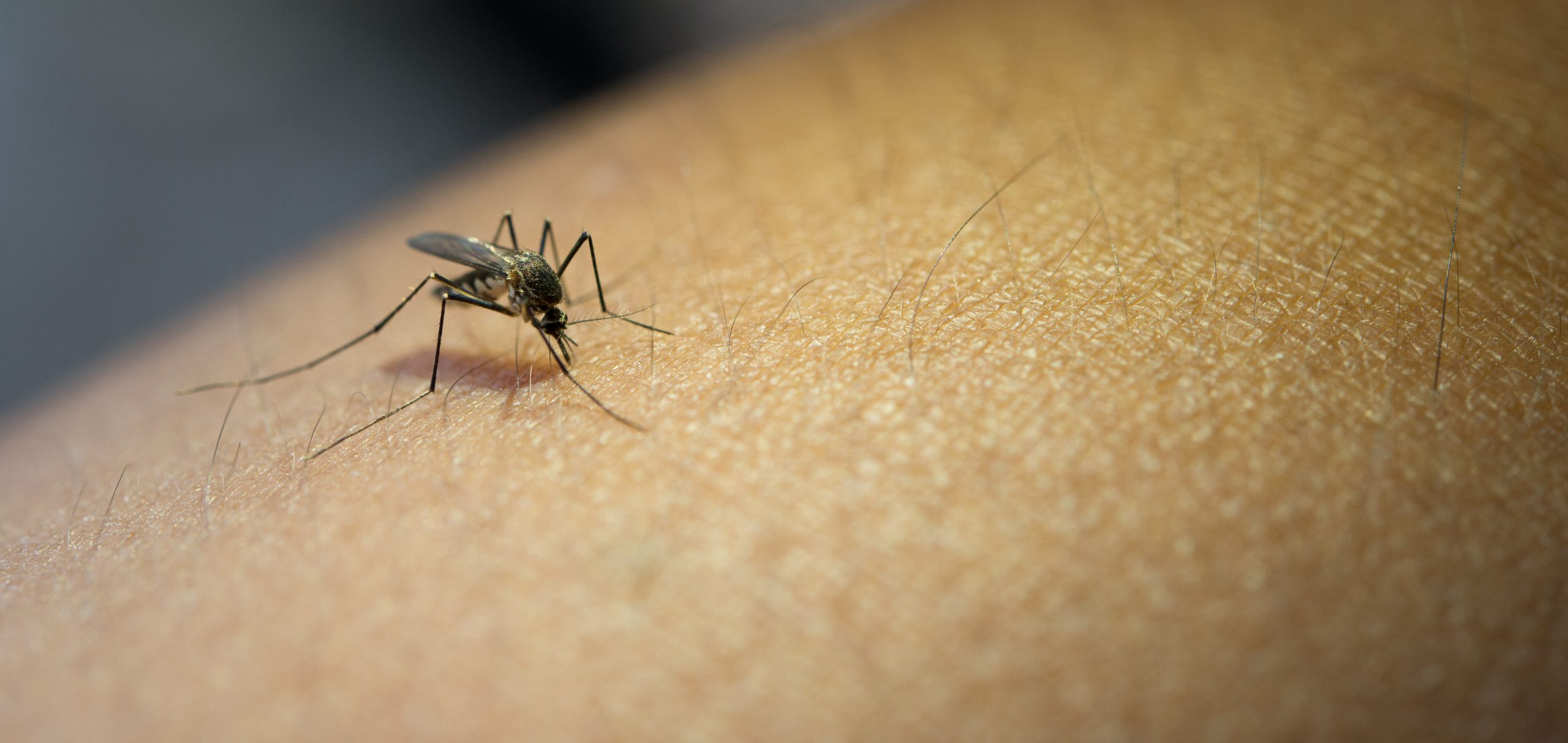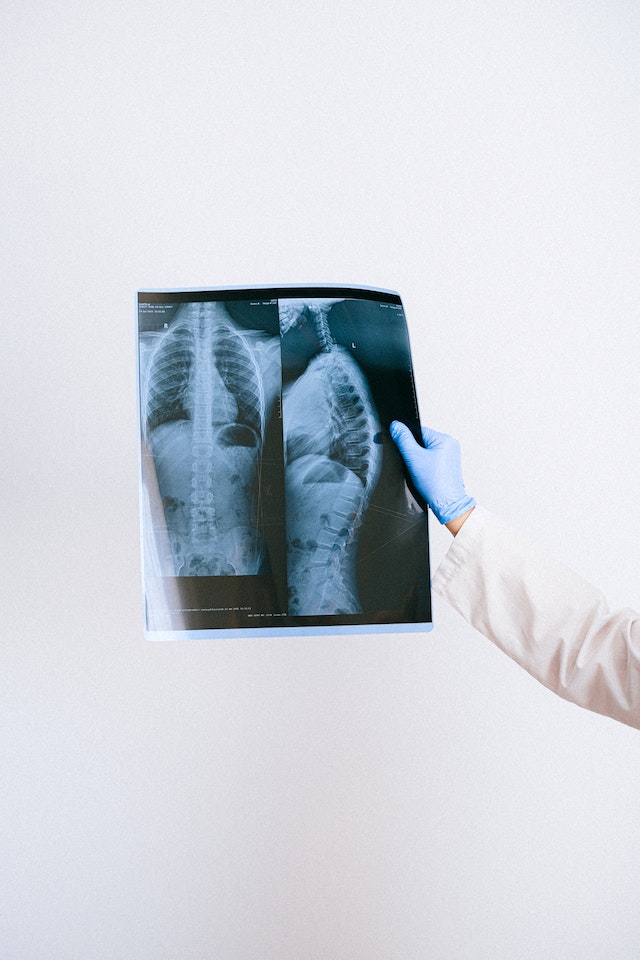Malaria is a serious and potentially deadly disease caused by a parasite that is transmitted through the bite of an infected mosquito. The disease is prevalent in many parts of the world, particularly in sub-Saharan Africa, and can have devastating consequences for those who contract it. In this article, we will break down the symptoms and treatment of malaria, as well as discuss some of the challenges associated with fighting the disease.
Symptoms of Malaria
The symptoms of malaria can vary depending on the strain of the parasite and the severity of the infection. In general, the disease can cause flu-like symptoms such as fever, chills, headache, and muscle aches. Nausea, vomiting, and diarrhea are also common, and in severe cases, malaria can cause seizures, organ failure, and coma.
One of the challenges with diagnosing malaria is that the symptoms can be similar to those of other diseases such as the flu. In addition, not all people infected with malaria will show symptoms right away, which can make it difficult to identify and treat the disease in its early stages.
Treatment of Malaria
The treatment of malaria typically involves the use of antimalarial medications, which work to kill the parasite in the body. The specific medication used will depend on the strain of the parasite and the severity of the infection.
Some strains of the parasite have become resistant to certain antimalarial medications, which can make treatment more difficult. In addition, the use of some medications can have side effects, such as nausea, vomiting, and dizziness.
In severe cases of malaria, hospitalization may be required. In these cases, treatment may involve intravenous medications and other supportive therapies to manage symptoms and prevent complications.
Prevention of Malaria
Prevention is key when it comes to malaria, particularly in areas where the disease is prevalent. Simple measures such as using mosquito nets, wearing long-sleeved clothing, and eliminating standing water can help to reduce the risk of contracting the disease.
In addition, there are medications available that can be taken to prevent malaria. These medications are typically prescribed to travelers visiting areas where malaria is prevalent, but may also be given to people living in areas with high rates of the disease.
Challenges in Fighting Malaria
Fighting malaria can be a challenging task, particularly in developing countries where access to healthcare and preventative measures is limited. The cost of medications and lack of healthcare infrastructure can prevent people from receiving the care they need. In addition, the rise of drug-resistant strains of the parasite has made treatment more difficult and costly.
Efforts are being made to combat malaria on a global scale, including expanding access to preventative measures and treatment, as well as investing in research and development to find new tools to fight the disease.
Conclusion
Malaria is a serious disease that poses a significant threat to people in many parts of the world. Early diagnosis and treatment are key to managing the symptoms and preventing complications. Prevention measures such as using mosquito nets and taking preventative medications can also help to reduce the risk of contracting the disease.
As journalists, it is our responsibility to raise awareness about important issues like malaria. By breaking down the symptoms and treatment of the disease and highlighting the challenges associated with fighting it, we can help to ensure that more people have access to the care they need and that progress continues to be made in the fight against malaria.











